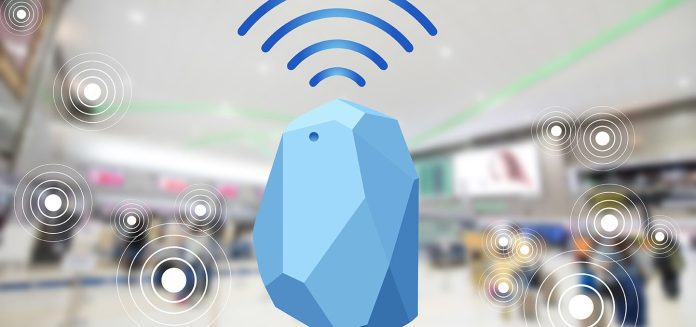There are billions of IoT devices across the globe – from Google Homes and Amazon Echos to Ring Doorbells, Fitbits, Nest heaters, and more. And they are not just for consumers – many industries and businesses are implementing IoT to optimise workflows and increase overall business efficiency via remote sensing, telemetry, and monitoring.
Statista predicts the global IoT market will reach $520 billion this year, whilst Cisco estimates there will be 27.1 billion networked devices, in 2021, averaging out to around 3.5 devices per person. Unsurprisingly, with this growth in connected devices, there will also be an increase in data.
In the previous 10 years, the amount of data created, captured, and consumed in the world increased from 1.2 trillion gigabytes to 59 trillion gigabytes – growth of almost 5,000 percent. The predicted growth of IoT and connected devices will only add to that.

In the world of IoT, every device, both static and mobile, is fitted with different sensors, generating an enormous amount of unstructured data. This information is a significant driver of big-data analytics projects, allowing organisations to create vast data sets and study them.
That data comes in many different forms – voice requests, video, temperature, or other sensor readings, all of which can be mined for insight. However, as the data can be recorded by both static (large manufacturing equipment) or mobile (hand carried tools, automatic guided vehicles), the information is recorded in a variety of different contexts, both in terms of absolute location of the device, as well as in terms of relative location to other devices.
One of the most important formats of real-time data is how the data is contextualized – where and when such key sources of information were recorded.
IoT has changed the way we view data and the introduction of RTLS (Real Time Location Systems) and shifted the intrinsic value of the data from mainly the amount to a combination of content and contextual information. This all can have a great impact on the derived metric results, when processing the data correctly.
However, there is one exception. Data that is of high value and highly useful even in raw format is location data. Adding location data as another data point for analysis enables an organization to derive valuable insights which can lead to more informed decision making.
The benefits of the IoT for businesses depend on the particular implementation; agility and efficiency are usually top considerations. The idea is that enterprises should have access to more data about their own products and internal systems, and a greater ability to make changes as a result.
To do this, increasing numbers of companies are adding RTLS sensors to their products and assets, so that they can transmit data back on how they are performing. This can help companies make their systems and supply chains more efficient, because they will have accurate data about what’s really going on.
For manufacturers, the value will come in supporting asset management and in transportation it will be freight monitoring and fleet management taking top priority.
A common use case of RTLS in the IoT space is the tracking and tracing of industrial tools and expensive equipment often located on large construction sites. For a business with a warehouse that has miles of equipment, it is very inefficient if a piece of machinery or a tool cannot be located quickly when needed.
Using a combination of indoor location technology and IoT, these assets can be easily tracked and located in minutes. Understanding the location of assets at any time is central to preventing theft or misplacement or malfunction.
What’s more, companies can digitise the supply chain further with location technology and automate the whole customer journey. Tags can be placed on assets within customer’s orders and trigger an automatic reorder once the product has been used, increasing both productivity and customer service,
Ultimately, we are entering Industry 4.0, a period that will be defined by IoT, AI, automation and data. RTLS is becoming a key element of that mix, providing a new data point that drives a cost effective approach for accurately tracking, locating, and monitoring all sorts of valuable business assets as they move from one place to another.
With its relevance across multiple industries – from manufacturing and construction, to healthcare, emergency management and hospitality and retail – the growth of RTLS and advanced data analytics are driving advances that make IoT suitable for addressing modern business needs.
Fabio Belloni is co-founder and chief commercial officer at Quuppa

